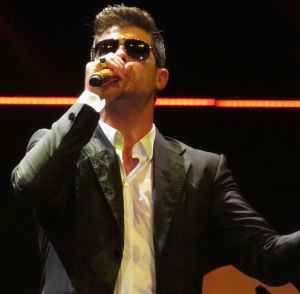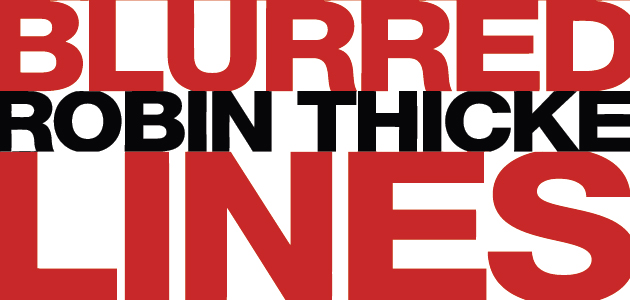
The music industry was rocked last week when a Central California District Court jury returned a verdict finding the megahit song “Blurred Lines” infringes on the late Marvin Gaye’s “Got to Give It Up.”
The legal dispute over the controversial 2013 chart-topper that made performer Robin Thicke a household name began in late 2013 when songwriter Pharrell Williams and concerned others sued Marvin Gaye’s children, the current copyright owners of “Got to Give It Up,” for declaratory relief regarding the propriety of “Blurred Lines.” In response, the Gaye siblings countersued Williams, et al. for copyright infringement and hotly pursued actual damages, as well as the alleged infringers’ profits. When all was said and done, the California jury awarded the Gaye clan a total of $7.4 million in damages.
Naturally, news outlets are abuzz with speculation regarding the Gaye verdict’s implications for future copyright litigation of existing cross- and even same-genre musical compositions. The complexity of issues in the Gaye case may be preclusive of reliable comparison of existing works for potential litigation, but the applied tests and jury conclusions could very well provide a guide for more cautious release of future works. This week’s verdict is suggestive of the following approaches:
- Resolve Anticipated Claims of Infringement Early On. If there is intentional or knowing use of key elements of an existing work for incorporation into a new work, infringement may be anticipated and easily avoided by reaching out to the copyright owner of the original work and seeking a license or other agreement preventing or limiting the risk of litigation due to claimed infringement.
- Take Measures to Reduce the Risk of Unanticipated Claims. Even if an artist does not knowingly draw from a particular work but rather from a genre, the Gaye verdict implies that, at the very least, a prior song that incorporates several musical elements common to its genre could be infringed by a later work using the same elements in a similar arrangement. Thus, it may be advisable for an artist emulating a different genre to have their new works screened by an expert in that particular class or subclass of music. Of course, any commonalities suggested or identified by the expert could then be followed up with further technical and legal analysis.
- Screen for Commonality of Objective Elements Pre-Release. Irrespective of whether it stands up on appeal, the Gaye verdict may provide inspiration and guidance for a system to better anticipate potential infringement of the objective, extrinsic elements of a musical composition. The rationale behind the verdict could reasonably lend to a benchmark in terms of permissible commonality whereby a new work can be screened against a database of prior—registered or unregistered—works based on written melodies, chords, notes and lyrics.
- Better Anticipate the Effect of “The Human Element” On a Finding of Copyright Infringement. With the Gaye verdict providing the best insight currently available into what a jury would find to be infringing elements in musical works, particularly with respect to the subjective, intrinsic elements, it may be worthwhile for the music industry to invest in mock trial or focus group-type tactics in an attempt to better gauge where the needle is likely to land in these cases on whole.
While pre-use freedom-to-operate analysis is industry standard in the areas of patent and trademark, such hasn’t been applied to copyright for two primary reasons: (1) A comprehensive freedom-to-operate analysis of an artistic work would be utterly impractical, if not impossible, due to the great volume and diversity of artistic works in existence; and (2) Works of artistic expression should, at least in theory, be both protectable and non-infringing by virtue of their independent creation and presumed individuality. Unfortunately, the widespread availability of media on the internet and ease of access thereto can more-or-less nullify an artist’s claim to independent creation, resulting in analysis of the probative similarities between the works being the sole operative test for determining whether one work was used in the creation of another. Thus, whether or not the Gaye verdict stands the test of time, it serves as an invaluable reminder that the necessity for prophylactic copyright protection measures is ever increasing and will not be ignored.
 About the author:
About the author:
Amy Anderson is a member of BASF’s SF-Marin Lawyer Referral and Information Service.
AROPLEX LAW is a San Francisco-based Intellectual Property and Business Litigation practice focused on early conflict avoidance and fraud resolution.


